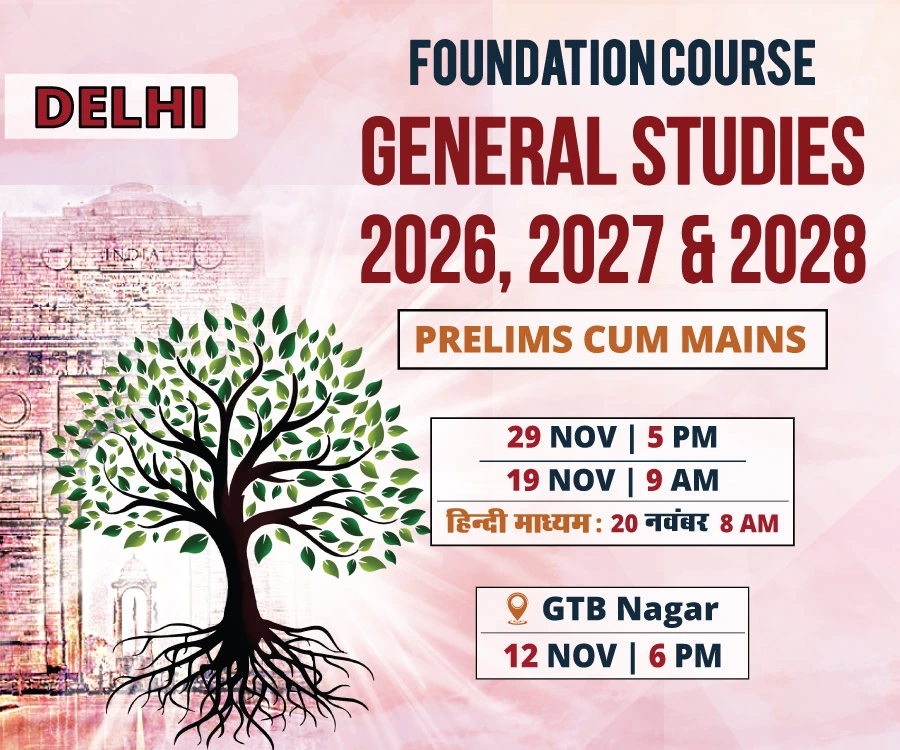A Working Paper titled ‘Relative Economic Performance of Indian States: 1960-61 to 2023-24’ by Economic Advisory Council to the PM (EAC-PM) recently highlighted regional disparities in terms of share in India’s GDP and relative per capita income across different States, especially in post-liberalization era.
Key Observations of the Paper
- Regional disparities: While western states have consistently performed well, southern states have performed well post-1991 economic liberalization (5 southern states account for 30% of GDP in 2023-24).
- Maritime states: They have clearly outperformed the other states, with the exception of West Bengal.
- West Bengal’s share of GDP has fallen in 2023-24 (5.6%) in comparison to 1960-61 (10.5%).
- Diverging growth trajectories of Punjab and Haryana: However, post-1990s Punjab’s contribution to GDP declined whereas Haryana’s contribution has grown robustly. The paper questions this as a form of Dutch disease.
- Dutch disease in economics refers to rapid growth of one sector (agriculture, natural resources) leading to decline in other sectors (industry, services, etc.)
Reasons for regional disparities
Differences in levels of industrialization, ‘resource curse’ (resource-rich states showing low economic growth) with certain states, geographical location (coastal and landlocked), environmental challenges such as vulnerability to disasters, etc.
Measures taken to reduce Regional Disparities among States
|









